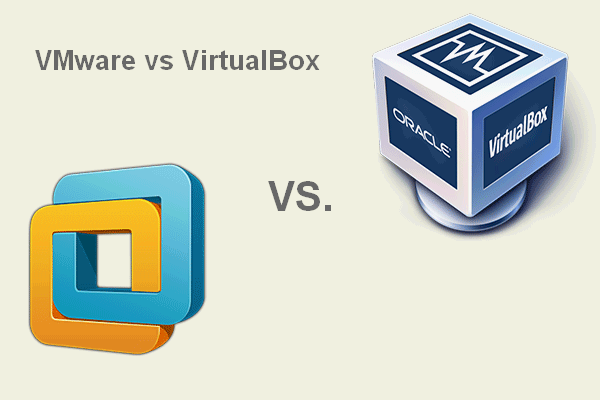

In general, type 1 hypervisors are better for large production environments while type 2 hypervisors are more suited to users who wish to run a virtual machine on their personal computers. VirtualBox is also a type 2 hypervisor that needs to be installed on a host OS.VMware Player, Workstation, and Fusion are type 2 hypervisors that need to be installed on a physical device with a host operating system.VMware ESXi is a type 1 hypervisor that needs to be installed on bare metal.Here’s how the two virtualization solutions are categorized: They provide virtualization capabilities by coordinating calls for resources through the host operating system. Type 2 hypervisors run on top of a traditional OS as an application.They act as the operating system and control calls for resources. Type 1 (native) hypervisors access hardware directly and don't require the support of an underlying OS.It’s an excellent way to maximize the value of hardware devices by allowing resources to be shared among many users. Hypervisor is specialized software that can be used to simultaneously run multiple virtual machines on a physical server. This time there was an error message (see Image 3).Both VirtualBox and VMware are hypervisors. With VMware Windows and Ubuntu the installation was successful, but the game did not start.
#Vmware vs virtualbox install
With VirtualBox Ubuntu I ran into graphics glitches with Steam (see Image 2) and was unable to install any games. They should, but specifically Crysis, no. VirtualBox Windows without 3D Acceleration was unable to start any benchmarks, but it didn't have any graphics artifacts. VirtualBox Windows with 3D Acceleration enabled had serious graphics issues (see Image 1) and mediocre performance. Unfortunately the Linux version of FurMark was quite old, so the Windows results contain benchmarks with both the old and new FurMark versions.įurMark was run with 800圆00 resolution and RTHDRIBL with 640x480 resolution. The benchmarking was performed with FurMark and the good old RTHDRIBL for Windows. These are the best graphics settings available.

The VirtualBox Ubuntu machine has VMSVGA Graphics Controller with 128MB of Video Memory and "Enable 3D Acceleration" set to "on". The first virtual machine has "Enable 3D Acceleration" set to "on" and the second one does not. The VirtualBox Windows machines have the VBoxSVGA Graphics Controller with 256MB of Video Memory. The VMware virtual machines have "Accelerate 3D graphics" set to "on" and 8 GB of graphics memory.
#Vmware vs virtualbox windows 10
The guest operating systems are Windows 10 Home version 20H2 and Ubuntu version 20.04.2. The virtual machines are configured with 4 CPU cores and 8GB of RAM. The host operating system is Windows 10 Pro version 21H1. The host computer has an AMD Ryzen 9 5900X with 64GB DDR4 RAM and a GeForce RTX 2070 8GB GPU. The virtualization hypervisors are the free VMware Player version 16.1.2 and VirtualBox version 6.1.22. These solutions are much more complex to set up and are out of scope of this review.

#Vmware vs virtualbox full
There are virtualization solutions that support full GPU passthrough (requiring a dedicated GPU for the virtual machine) such as Unraid, VMware ESXi and QEMU/KVM. The comparison results are useful to know when you want to run graphics intensive workloads virtualized on a standard Windows PC.

This review compares the graphics performance of VMware Player and VirtualBox. VMware Player vs VirtualBox: Graphics Performance Review


 0 kommentar(er)
0 kommentar(er)
